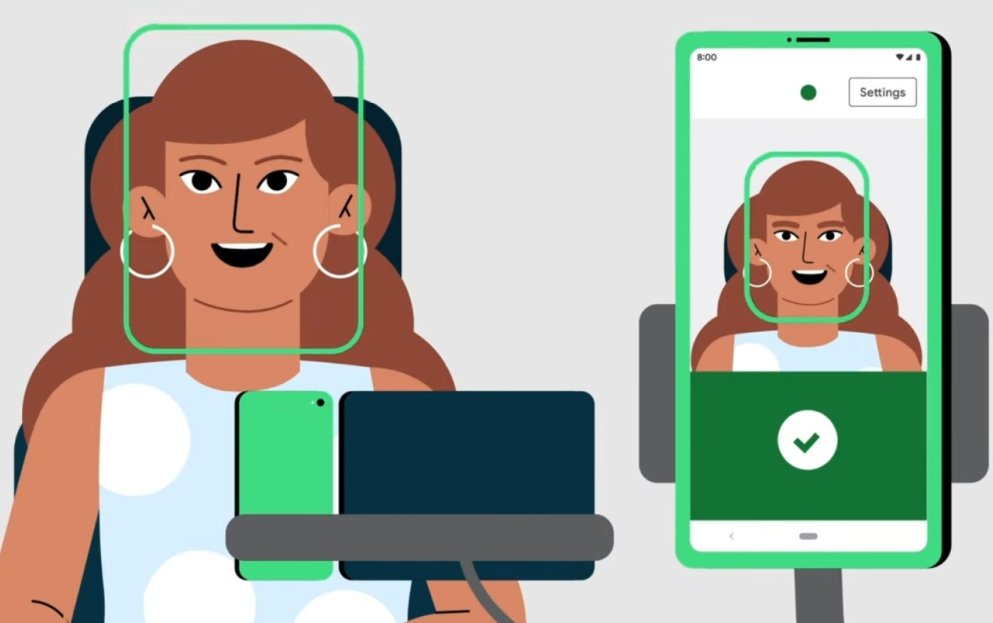Google is making Android more accessible for everyone.
What you need to know
- Google is rolling out a new accessibility feature that makes it possible to use facial gestures to control your phone.
- The feature will begin rolling out to users this week.
- Google is also bringing handwriting recognition to the Lookout app.
Google is adding two new accessibility features to Android, aimed at making it easier for people with motor and speech disabilities to interact with their phones.
The new Camera Switches features, which will be a part of the Android Accessibility Suite, enables users to navigate their phones using facial gestures such as raising eyebrows, smiling, looking up, and more. It basically turns a phone's selfie camera into a switch and works as an "adaptive tool that replaces a keyboard or mouse or touching the phone screen." Users will be able to choose a combination of gestures and even customize them to their range of movement.
In addition to scanning and selecting, users can assign gestures to go back to the home screen, open notifications, and pause gesture detection. You can get started with the new feature by heading over to the Android Accessibility settings on the best Android phones under Switch Access.
Project Activate is a new app that has been designed to help people who are unable to speak or have neurologic conditions to activate preset actions using facial gestures and eye movements. You can use the app to do things like sending a text message, making a phone call, playing a text-to-speech phrase, and more.
The app is now available to download from the Google Play Store. For now, however, the app is limited to users in the U.S., UK, Canada, and Australia.
Along with the new accessibility features, Google is also adding handwriting recognition to its Lookout app. The app, which was announced at Google I/O 2019, is now capable of reading out handwritten and printed text for Latin-based languages in Documents mode.
Additionally, Google is bringing Euro and Indian Rupee recognition within Currency mode. Google plans to add more currencies for its growing global audience in the future.
Source: androidcentral
